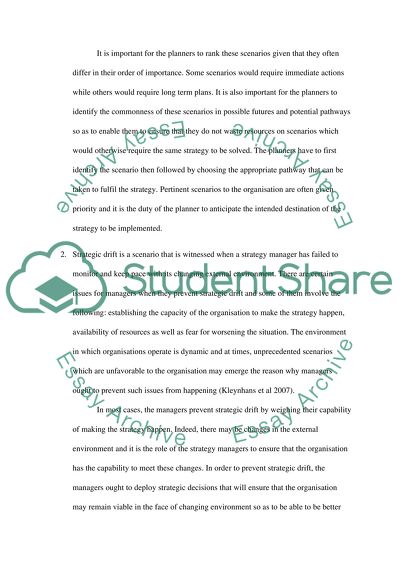Cite this document
(The Operations of Different Organisations in the Environment Essay Example | Topics and Well Written Essays - 2000 words, n.d.)
The Operations of Different Organisations in the Environment Essay Example | Topics and Well Written Essays - 2000 words. https://studentshare.org/environmental-studies/1410929-the-operations-of-different-organisations-in-the-environment
The Operations of Different Organisations in the Environment Essay Example | Topics and Well Written Essays - 2000 words. https://studentshare.org/environmental-studies/1410929-the-operations-of-different-organisations-in-the-environment
(The Operations of Different Organisations in the Environment Essay Example | Topics and Well Written Essays - 2000 Words)
The Operations of Different Organisations in the Environment Essay Example | Topics and Well Written Essays - 2000 Words. https://studentshare.org/environmental-studies/1410929-the-operations-of-different-organisations-in-the-environment.
The Operations of Different Organisations in the Environment Essay Example | Topics and Well Written Essays - 2000 Words. https://studentshare.org/environmental-studies/1410929-the-operations-of-different-organisations-in-the-environment.
“The Operations of Different Organisations in the Environment Essay Example | Topics and Well Written Essays - 2000 Words”. https://studentshare.org/environmental-studies/1410929-the-operations-of-different-organisations-in-the-environment.


